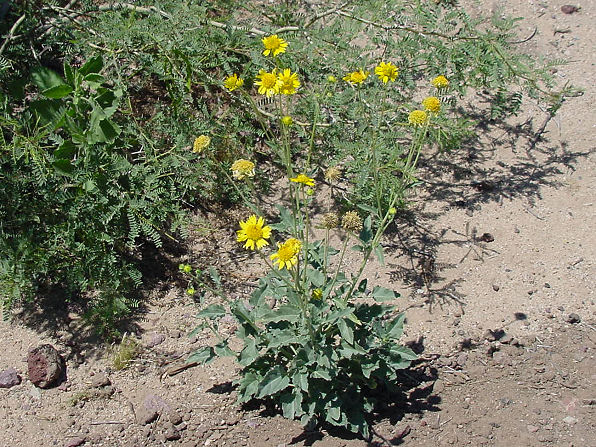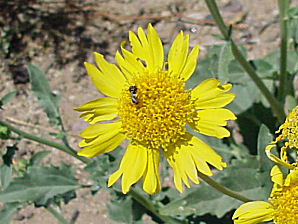Arizona Wild Flowers
Pictures, Photos, Images
Descriptions, Information, Reviews.
Golden Crownbeard, Verbesina encelioides.
We Are Proud Of Our SafeSurf Rating!
Click On Any Of The Following Links By Amazon.Com
For Books, & Videos About Wildflowers Of Arizona & The Southwest USA. No Obligation!
 |
| Golden Crownbeard, Verbesina encelioides. |
|---|
 |  |
| Golden Crownbeard, Verbesina encelioides. | Golden Crownbeard, Verbesina encelioides. |
|---|
Golden Crownbeard.
We wish to thank Wikipedia, the free encyclopedia for some of the information on this page. We share images and information with Wikipedia. Golden Crownbeard or Verbesina encelioides is a flowering plant in the family Asteraceae. It is native to the United States and Mexico. It is naturalized in the Middle East, Spain, Argentina, Australia and the Pacific islands. Commonly found in California, Arizona, New Mexico, Texas; Utah, Colorado, Montana, & Kansas. Its common names include cowpen daisy, butter daisy, crown-beard, American dogweed, and South African daisy.
Quick Notes:
Height: Up to about 30 inches. Spreading out to about 3 foot wide.
Stems: It has smooth, reddish, mostly prostrate stems.
Flowers: Several to numerous composite heads 1-2 inches across, borne on long peduncles. The involucral bracts are lanceolate, loose or somewhat spreading, and hairy. Yellow flower heads. The flower heads are up to 2 inches across and have 3-toothed rays. Conspicuous, showy, with 10 to 15 golden yellow ray florets that have tri-lobed tips, and yellowish-orange disk florets. The disk is .4 to .8 inch in diameter.
Each head produces at least 100 achenes, which are rodshaped, about 1/8 inch long, light brown, with many longitudinal nerves on the surface.
Flowering Time: March to November.
Leaves: Silvery green leaves are triangular with toothed margins. Mostly alternate but opposite towards the base, simple, ovate to triangular, 2 to 4 inches long and 1 to 3 inches wide, coarsely toothed, with pointed tips and prominent veins on the underside. The leaves have a fine grayish-green pubescence on the upper surface, are densely white hairy beneath and are on petioles almost as long as the blade. The petiole is usually winged at the base.
At maturity, the achenes (seeds) are winged.
Found: Native to the southwestern United States, especially Texas, & Arizona; the Mexican Plateau, and other parts of tropical America.
Hardiness:
Soil pH requirements:
Sun Exposure:
Elevation: 0 - 5,000 Feet.
Habitat: Sandy or gravelly soils. A most attractive and abundant plant along roadsides, and mesas.
Miscellaneous: Flowering Photos Taken April 29, 2003. Near Lake Pleasant, Arizona.
|
We Are Proud Of Our SafeSurf Rating!
Click On Any Of The Following Links By Amazon.Com
For Books, & Videos About Wildflowers Of Arizona & The Southwest USA. No Obligation!
| © 1966 - Present, Audrey, Eve, & George DeLange |
